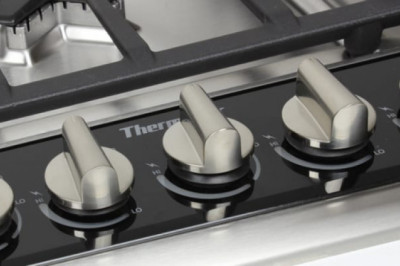views

Types and Benefits of Sedation Dentistry
Some people would rather endure the pain of a toothache than go to the dentist. There is no need for you to be afraid anymore; sedation dentistry might take away some of the anxiety you feel. Your fear severity determines the level of sedation used.
It is a type of dentistry that administers medication before performing dental procedures to help patients relax. Sedation dentistry is also referred to as sleep dentistry.
Patients have different reasons for choosing sedation dentistry. Some of the reasons may include:
Dental sedation can be used when performing procedures such as tooth extractions, root canals, dental implantation, and more. It is not offered to routine care procedures like X-rays and regular dental cleanings, but sometimes there is an exception for people with extreme anxiety.
To know more about sedation, you can visit any sedation dentist near you.
Inhaled sedation
Laughing gas is inhaled through a mask that is placed over the nose. The gas makes you feel more relaxed during the procedure. This sedation type is relatively safe; this is because the dentist can adjust the gas amount perceived during the procedure.
After the gas is detached, most patients have a quick recovery, and some might even be capable of driving themselves home after the appointment. Laughing gas is a good option to start with if you need a relaxant for your next dental appointment.
It is effective, safe, and readily available in most dentistry.
Oral sedation
Oral sedation ranges between minimal and moderate sedation depending on the quantity of medicine prescribed before your appointment. The medicine is in pill form.
An oral sedative makes you drowsy. Some patients may fall asleep during the appointment, although a shake is enough to wake them up.
A patient that chooses this type of sedation should have a relative or friend to drive them to and from the dentist’s office.
Oral and inhaled sedation is a good choice for people that are afraid of needles.
IV sedation
IV sedation causes deep sedation such that the patient is either lightly asleep or on the edge of consciousness. It is delivered intravenously into the bloodstream.
The sedation works very quickly and is delivered to the patient once on the dental chair. The dentist can adjust the quantity of the sedation through the procedure as required.
The medicine will last for a few hours in the bloodstream. You will thus need help to get home.
General anesthesia
General anesthesia makes the patient unconscious. It’s difficult to wake the patients when the medicine is in effect. To wake them, the dentist will use another medicine, or they will have to wait for several hours for the anesthesia to wear off.
Dental sedation specialists offer this type of sedation to people who have developed a resistance to other sedatives and have extreme dental anxiety. It will also require a nurse and an anesthesiologist to monitor vital signs throughout the procedure.
Dentistry by SeaBridge welcomes you to a different kind of dental experience. Our dentist in Oxnard, CA, is experienced and provides quality dental care. Our Oxnard dental group even offers sedation dentistry. Here are some of the benefits you might experience as a result of sedation dentistry:
Sedation betters the dental experience of patients with sensitive gums or teeth or a gag reflex. The treatment is easier for both the dentist and the patient if the patient is relaxed.
A significant aspect of sedation dentistry is that it relieves anxiety. This allows the patient to go through the procedure comfortably and eliminates a reason for avoiding the dentist.
The gag reflex is when the throat expels an intrusive or foreign object. When the patient is fully aware as the dentist is working her mouth, the gag reflex will be a hindrance. It can also prevent the dentist from going deep into the oral cavity.
Sedation dentistry paralyzes the gag reflex. The dentist can, therefore, work more efficiently and faster.
Sedation gets rid of the pain completely. When the brain is under the influence of anesthetics and sedatives, it cannot register any pain.












